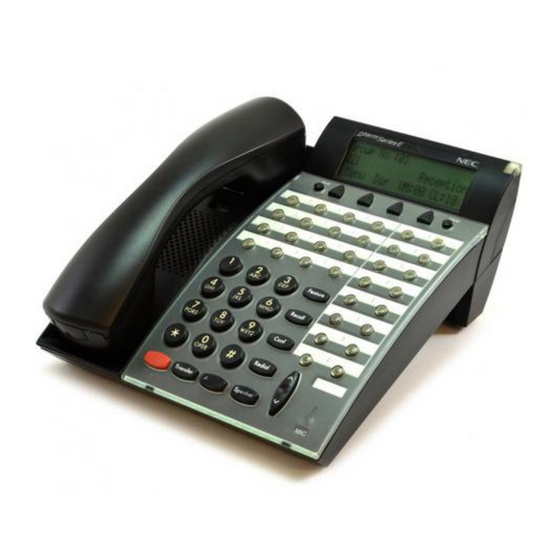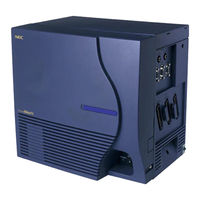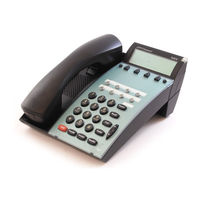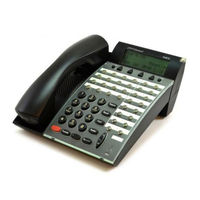
NEC NEC Dterm Series E Manuals
Manuals and User Guides for NEC NEC Dterm Series E. We have 6 NEC NEC Dterm Series E manuals available for free PDF download: User Manual, Installation Manual, Manual
NEC NEC Dterm Series E User Manual (1190 pages)
Brand: NEC
|
Category: Telephone System
|
Size: 6 MB
Table of Contents
Advertisement
NEC NEC Dterm Series E Installation Manual (410 pages)
Brand: NEC
|
Category: Test Equipment
|
Size: 8 MB
Table of Contents
Advertisement
NEC NEC Dterm Series E User Manual (14 pages)
NEC D-Term Series E Telephones User Guide
Table of Contents
Advertisement





